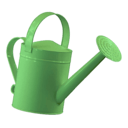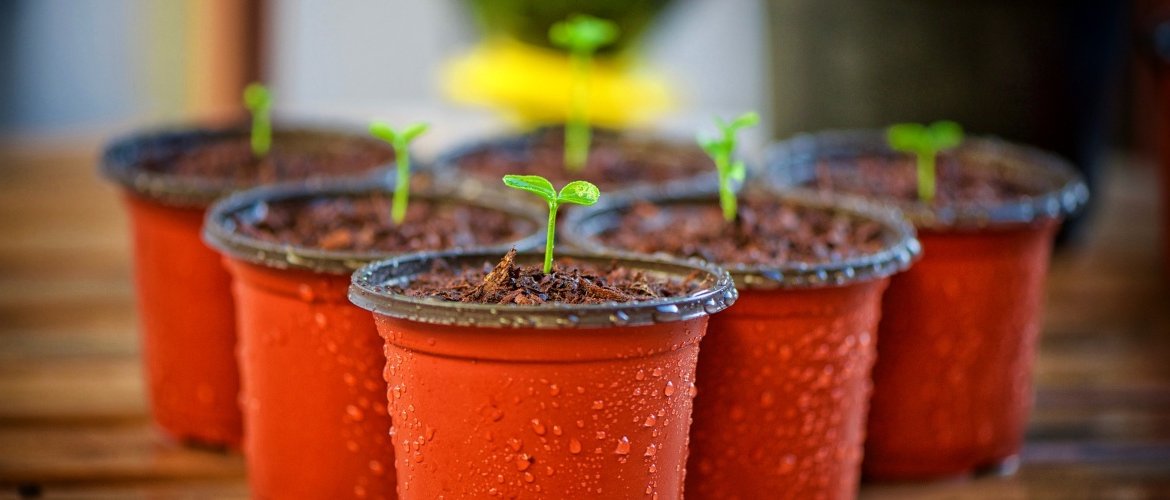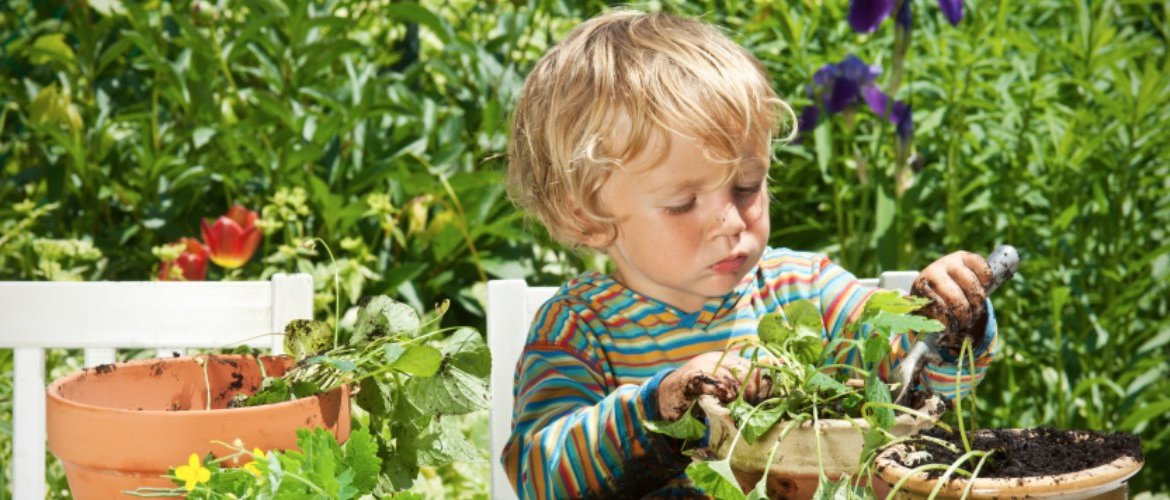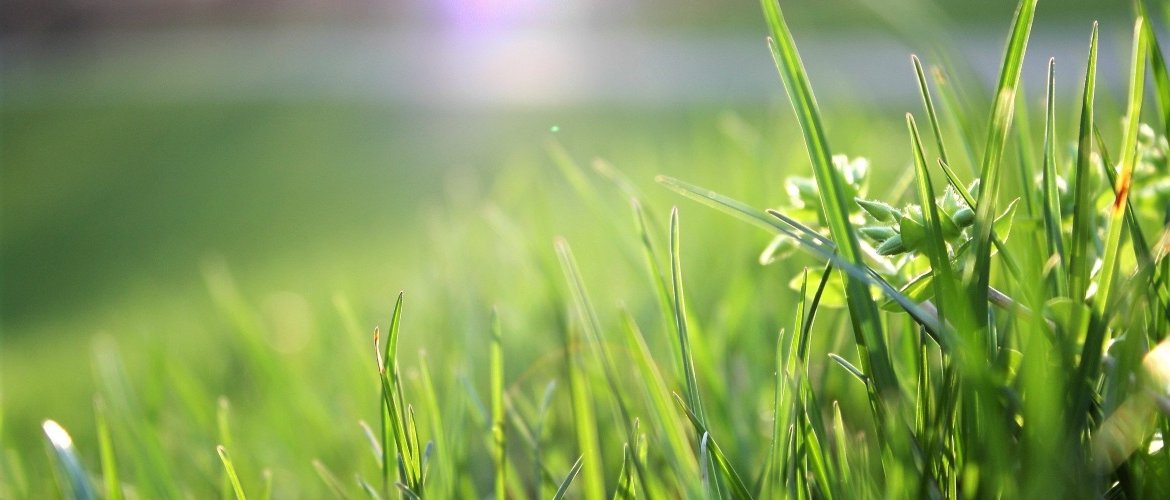8 tips to make a nursery for aromatic plants
If you like to use aromatic herbs as a condiment when you cook, we encourage you to grow them yourself. You can create your seedbed in a corner of your vegetable garden, your garden or your terrace, but also in your kitchen or other interior space of your home. Here are a few tips.


How to start growing aromatic herbs
Whether outdoors or indoors, one of the most important aspects when planting aromatic plants is to choose a sunny place, since they need a lot of direct sunlight to grow.

Choosing the herbs you want to grow is the second decision you have to make. Lavender, rosemary, basil, thyme, oregano, parsley... are some of the most common. If you have a small vegetable garden, you should know that in addition to their culinary and medicinal uses, they have properties to control pests and harmful insects, attract pollinators... so it will be doubly beneficial to plant them.

Regarding the support, in greenhouses and specialized stores they sell seedbeds already prepared for this purpose, but you can reuse any small container, such as yogurt containers, egg cartons...

The choice of substrate is also important. You can buy ready-made soil or mix it yourself. We suggest that you combine two thirds of peat with one third of worm castings, to make sure that your seeds do not lack the necessary nutrients.

Early spring is the ideal time to start planting. Seeds will have time to hatch and settle, ready for transplanting when temperatures rise.

The seeds of aromatic plants are usually quite small, so you have to deposit a few in the substrate and cover them again. Check the instructions on the packages because, depending on the species, it is usually better to place them at the bottom or in a shallow area of the container. Then water the substrate, as it is important that it is moist, so that the seeds settle well and germinate. It is necessary to maintain it this way and if you see that it dries again to moisten it, although it must not be flooded.

Putting up signs to let you know what species you have planted is an optional task, but also useful, because when the plants are still small it is difficult to differentiate them.

Reserve for your seedbed a sheltered, sunny space with a temperature of about 20°C and expect your first aromatic plants to grow in the next few weeks.

Easy, isn't it? Now all you have to do is transplant them.





